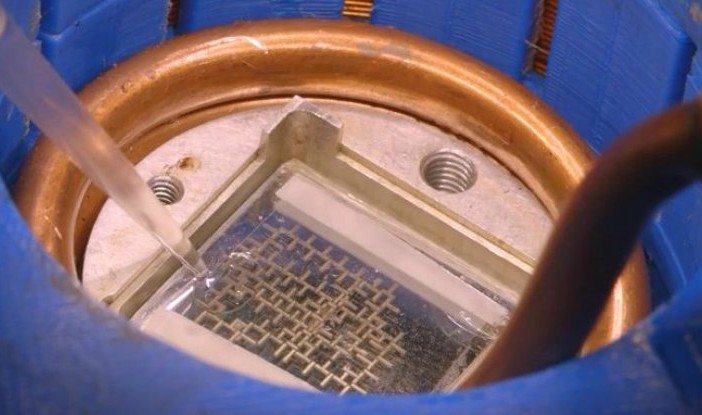Engineers Create Computer That Operates Through Water Droplets
Ashley Allen / 9 years ago

US researchers have developed a novel new computer that uses water to transmit information. Unlike normal computers that use electrons, this synchronous computer uses magnetised water droplets to do everything a conventional computer can do, thanks to its universal logic gates. The only downside is that it is much slower than your average home computer, but it is a remarkable first step in using conventional, natural compounds to create computing devices.
“We already have digital computers to process information … Our goal is to build a completely new class of computers that can precisely control and manipulate physical matter,” said Manu Prakash, lead researcher and bioengineer at Stanford University, in a press release. “Imagine if when you run a set of computations that not only information is processed but physical matter is algorithmically manipulated as well. We have just made this possible at the mesoscale [10 microns to 1 millimetre]. In this work, we finally demonstrate a synchronous, universal droplet logic and control.”
The water-based computer stems from an idea Prakash had around a decade ago, using the clockwork-like properties of magnetised water particles, but the challenge came when attempting to synchronise their movement. Prakash cracked the problem by implementing a rotating magnetic field to harmonise the droplets. The computer operates like a clock, pulling each water droplet in time with each other.
“Every time the field flips, the polarity of the bars reverses, drawing the magnetised droplets in a new, predetermined direction, like slot cars on a track,” Prakash explains. “Every rotation of the field counts as one clock cycle, like a second hand making a full circle on a clock face, and every drop marches exactly one step forward with each cycle.”
The computer can transit binary information in the form of the presence or absence of water, and Prakash and his team envision the system being expanded to carry water particles encoded with more complex information, like chemical compounds. The team is also working on a design tool for others to use in the creation of their own water-based computers. “We are trying to bring the same kind of exponential scale up because of computation we saw in the digital world into the physical world,” Prakash said.
Thank you Science Alert for providing us with this information.



















